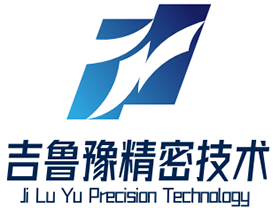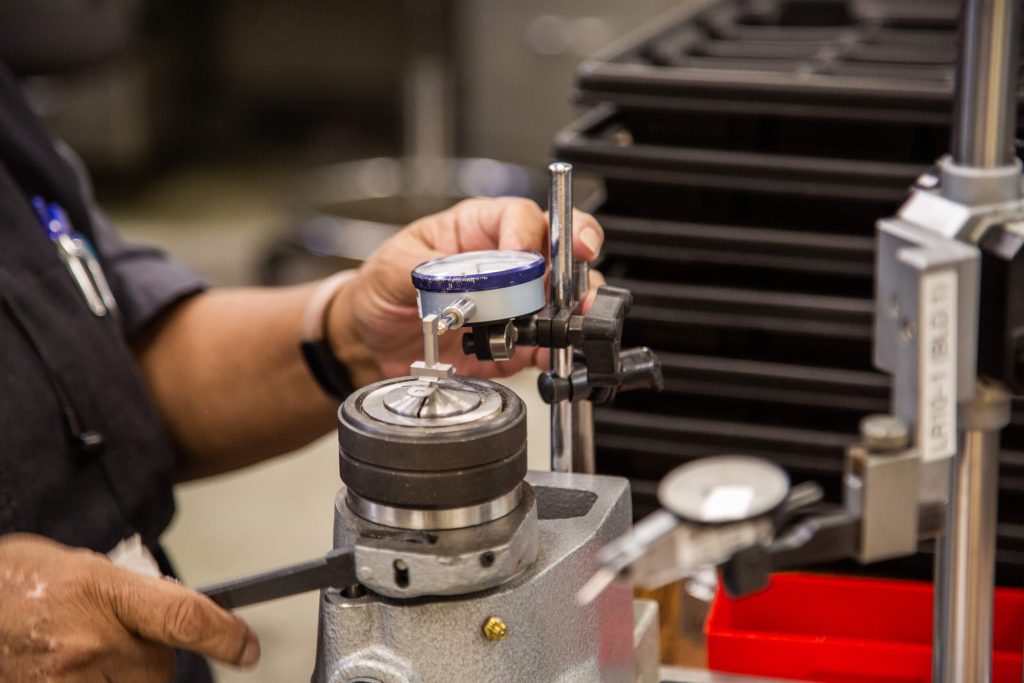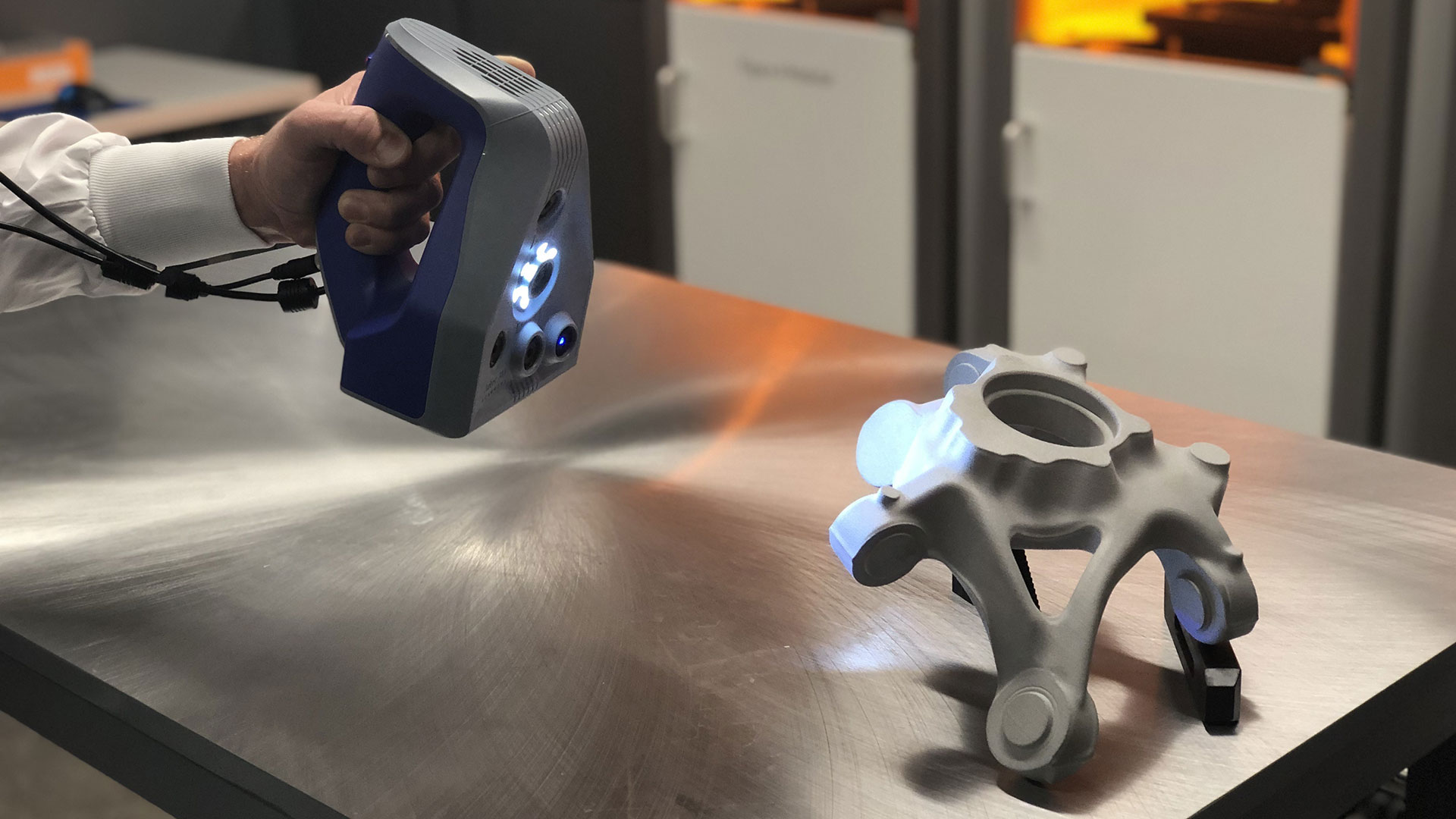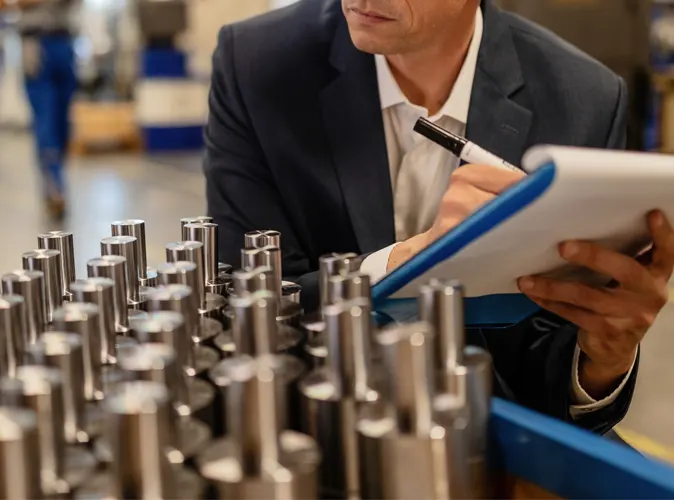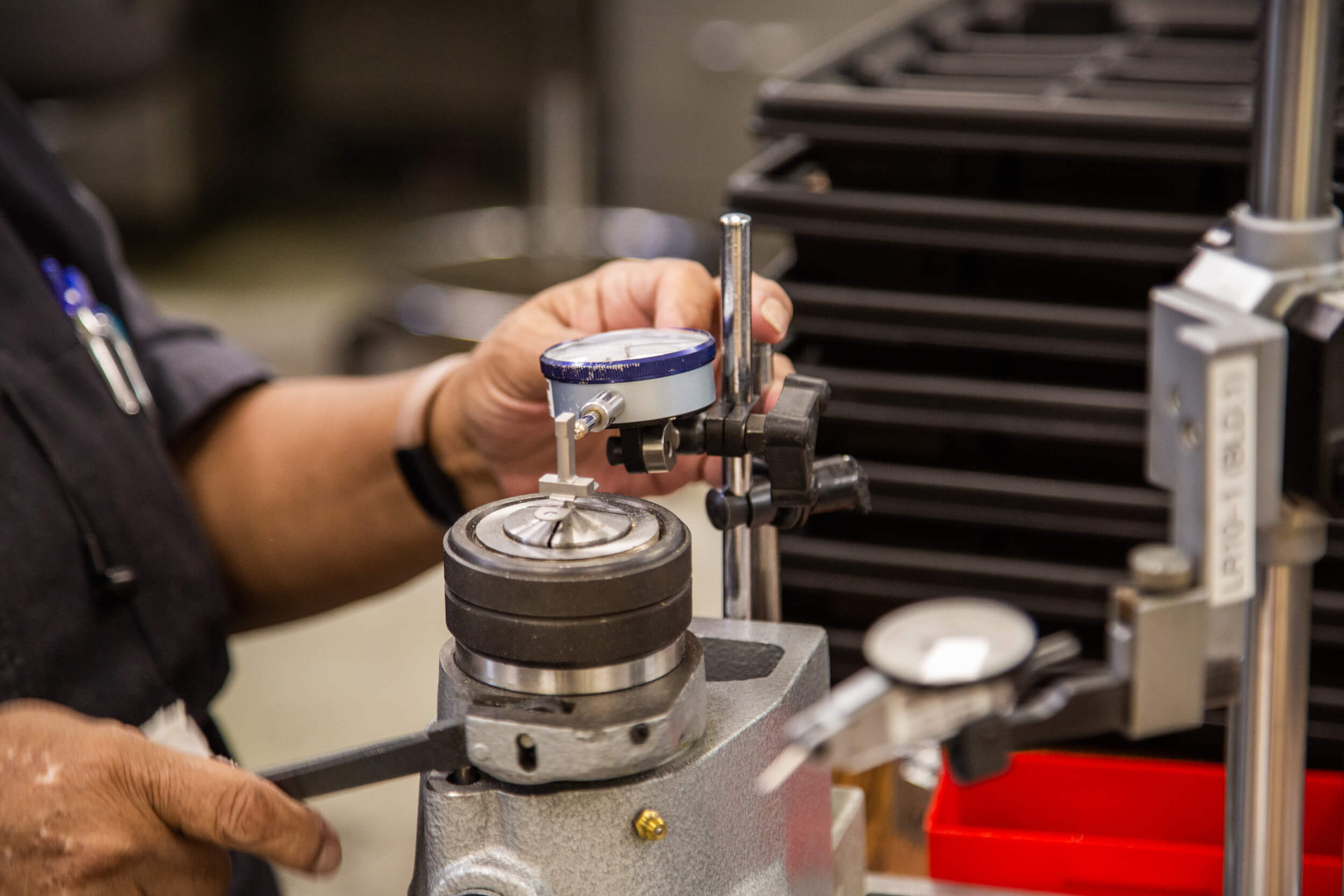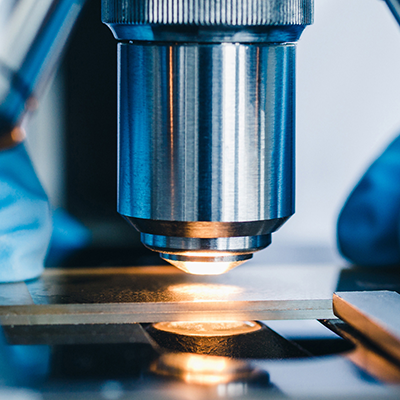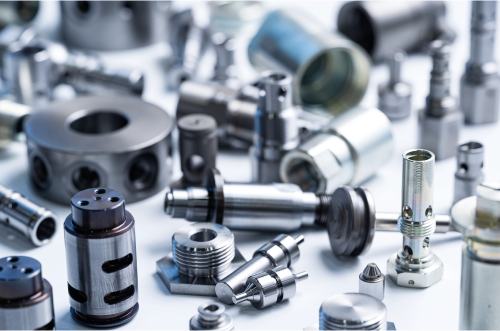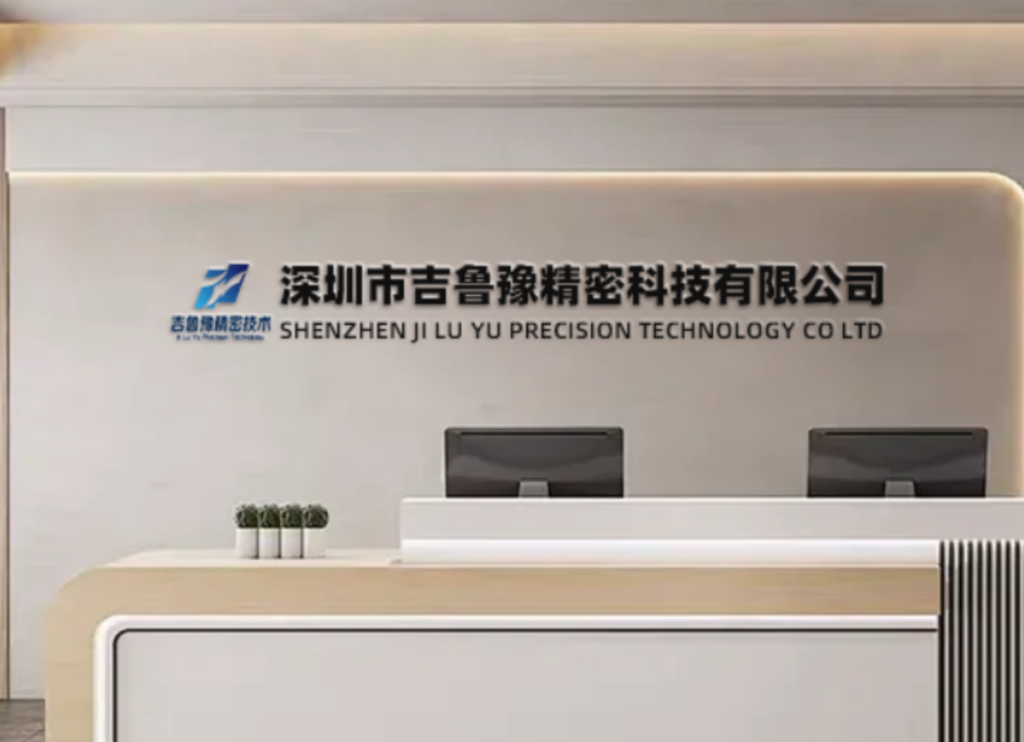CMM Inspection and Quality Control Services: Ensuring Precision in CNC Machining
In precision manufacturing, the difference between a successful component and a costly failure often comes down to one critical process: CMM inspection and quality control.
In the world of CNC machining, where tolerances are measured in microns and perfection is expected, CMM inspection and quality control services represent the critical final verification that separates adequate components from exceptional ones. As specialized providers of CNC machining services, we understand that precision manufacturing demands precision verification—a requirement that only advanced coordinate measuring machines (CMM) can consistently deliver across complex part geometries and tight tolerance specifications.
CMM technology has revolutionized quality assurance in manufacturing, enabling measurements with micron-level accuracy that far surpasses conventional inspection methods. For industries where component failure is not an option—aerospace, medical devices, and automotive systems—comprehensive quality control through CMM inspection provides the necessary verification that parts will perform as designed in their intended applications.
The Critical Role of CMM Inspection in Modern Manufacturing
CMM inspection services bridge the gap between digital design intent and physical part reality. In an era where CAD models define perfect geometries, CMM systems provide the technological capability to verify that manufactured components match their digital twins with exceptional precision and reliability.
Why CMM Inspection Matters in CNC Machining
The relationship between CNC machining and CMM inspection is inherently symbiotic. While CNC equipment creates complex geometries with increasing efficiency, only CMM verification can confirm dimensional accuracy with the precision necessary for critical applications:
-
Design Verification: CMM inspection provides empirical data proving manufactured parts match original CAD specifications
-
Process Control: Regular CMM checks throughout production runs identify tool wear or machine drift before they impact part quality
-
Supplier Validation: CMM inspection reports provide objective evidence of component conformance for customer acceptance
-
Problem Solving: When issues arise, CMM data pinpoints dimensional deviations quickly, accelerating resolution
The implementation of CMM inspection represents a fundamental shift from traditional quality control methods. Where manual inspection introduced operator influence and limited sampling, CMM technology enables comprehensive feature measurement with objective, data-driven results.
As demonstrated by precision engineering manufacturer R. Busi, the transition from manual measurement to programmable CMM systems represents a commitment to continuous improvement that directly impacts manufacturing capabilities.
Advanced CMM Technologies and Methodologies
Modern CMM inspection encompasses multiple technologies, each optimized for specific measurement requirements and part characteristics.
CMM System Configurations
Table 1: CMM System Types and Applications
| CMM Type | Accuracy Range | Best Applications | Key Advantages | Limitations |
|---|---|---|---|---|
| Bridge CMM | ±0.0001″ to ±0.0005″ | Medium to large parts, general inspection | Excellent accuracy/price ratio, versatile | Limited portability, requires stable environment |
| Gantry CMM | ±0.0005″ to ±0.002″ | Very large parts, automotive panels | Unlimited part size capacity, robust construction | Lower accuracy than bridge CMMs, space requirements |
| Horizontal Arm CMM | ±0.001″ to ±0.005″ | Automotive body panels, large sheet metal | Maximum accessibility for large, flat parts | Lower accuracy, specialized application |
| Portable CMM | ±0.0005″ to ±0.002″ | In-line inspection, large assembly verification | On-location measurement, flexibility | Operator-dependent, reduced accuracy potential |
| Multi-Sensor CMM | ±0.00005″ to ±0.0002″ | Complex geometries, micro-features | Multiple measurement technologies on one platform | Higher cost, complex programming |
Measurement Sensor Technologies
The evolution of CMM capability extends beyond mechanical structure to the sensors that capture measurement data:
-
Touch-Trigger Probes: The original CMM technology using discrete point collection through physical contact
-
Scanning Probes: Continuous contact measurement capturing entire surface profiles rather than discrete points
-
Vision Systems: Non-contact optical measurement for fragile parts or high-speed 2D inspection
-
Laser Scanners: Non-contact 3D scanning for complex surface capture and reverse engineering
-
Multi-Sensor Systems: Integrated platforms combining multiple technologies for maximum flexibility
The Renishaw PH20 system exemplifies advanced touch-trigger probe technology, using its unique “head touch” approach to move the probe head rather than the CMM structure, significantly accelerating measurement data acquisition while improving accuracy and repeatability.
The Revolution of 5-Axis CMM Inspection
Traditional 3-axis CMM systems required constant stopping and starting to reposition the probe, creating inefficiencies and potential accuracy compromises. The introduction of 5-axis CMM measurement has transformed inspection capabilities through simultaneous movement that maintains optimal probe orientation throughout the measurement path.
5-axis CMM systems deliver significant advantages over their 3-axis counterparts:
-
Measurement Speed: 5-axis simultaneous movement reduces inspection time by up to 70% compared to 3-axis approaches
-
Improved Accuracy: Continuous positioning eliminates the stop-start inertia that creates measurement variation
-
Enhanced Accessibility: Infinite probe positioning enables measurement of complex features previously requiring special fixtures
-
Reduced Programming Complexity: Simplified probe paths with automatic collision avoidance
As demonstrated at Kawasaki’s Maryville facility, the implementation of 5-axis scanning technology reduced inspection time by more than half while increasing data density for improved process control.
Implementing Effective Quality Control Systems
Beyond the specific measurement technology, effective quality control services require integrated systems that ensure consistent application throughout the manufacturing process.
Quality Management Framework
Table 2: Quality Control Documentation Requirements
| Document Type | Purpose | Application in CNC Machining | Industry Standards |
|---|---|---|---|
| Control Plan | Defines part-specific quality controls | Guides inspection frequency, methods, and reaction plans | AIAG, ISO 9001 |
| FMEA (Failure Mode Effects Analysis) | Proactive risk assessment | Identifies and mitigates potential machining failures | AIAG/VDA FMEA Handbook |
| MSA (Measurement System Analysis) | Verifies measurement capability | Quantifies CMM repeatability and reproducibility | AIAG MSA Manual |
| PPAP (Production Part Approval Process) | Customer production validation | Demonstrates manufacturing capability for new parts | AIAG PPAP Manual |
| SPC (Statistical Process Control) | Monitors process stability | Tracks machining process variation through CMM data | ISO 7870, ISO 8258 |
Inspection Methodologies Across the Production Lifecycle
Effective quality control services implement appropriate inspection methodologies at each production stage:
First-Article Inspection (FAI)
-
Comprehensive measurement of all part features on initial production run
-
Verification that manufacturing process produces conforming parts
-
Establishes baseline for subsequent process control
In-Process Inspection
-
Periodic part verification during production runs
-
Early detection of tool wear or process drift
-
Enables proactive process adjustment before non-conformance occurs
Final Inspection
-
Comprehensive verification before shipment
-
Includes documentation and certification packages
-
May incorporate functional testing where applicable
As demonstrated by High-Tech Engineering, implementing 100% part verification enabled them to achieve zero defect shipments while reducing part production costs by 27%.
Real-World Case Studies: CMM Inspection Delivering Results
Case Study 1: Aerospace Component Qualification
A manufacturer of turbine engine mounts for business jet applications required qualification of complex structural brackets machined from titanium alloys.
Challenge: Verify complex organic geometries derived from topological optimization studies with ±0.05mm tolerance on critical mating surfaces and material properties matching production intent.
CMM Solution: Implementation of 5-axis scanning CMM with specialized software for organic geometry comparison:
-
Strategic Alignment: Registration to CAD coordinate system using datum structure
-
High-Density Scanning: Continuous profile measurement of complex curvature surfaces
-
Data Analysis: Color deviation mapping with statistical reporting
-
Documentation: Comprehensive first-article reports with actual measurement data
Outcome: The CMM inspection process validated component conformity while identifying subtle deviations in two critical mounting features. Engineering analysis confirmed these deviations would not impact function, enabling conditional approval without manufacturing process changes. The comprehensive CMM data provided the objective evidence necessary for aerospace customer qualification, accelerating approval by six weeks compared to traditional methods.
Case Study 2: Medical Device Manufacturing Compliance
A surgical instrument manufacturer required complete measurement of laparoscopic tool components with specific tolerance challenges.
Challenge: Verify precision-ground stainless steel components with feature sizes ranging from 0.5mm to 150mm, maintaining traceability for medical device regulatory requirements.
CMM Solution: Multi-sensor CMM approach combining different measurement technologies:
-
Vision System: 2D measurement of small precision ground features
-
Touch Probe: 3D measurement of complex contoured surfaces
-
Laser Scanner: Comprehensive surface mapping of critical engagement features
-
Data Integration: Unified reporting from all measurement sources
Outcome: The integrated CMM approach reduced inspection time by 65% compared to previous manual methods while improving measurement accuracy. The comprehensive data set provided complete documentation for FDA regulatory submission, with all critical features verified within specified tolerances. The implementation of automated CMM programming enabled 100% inspection of high-volume components without impacting production schedules.
Case Study 3: Automotive Production Part Verification
An automotive supplier needed high-volume measurement of transmission valve bodies with critical hydraulic passage geometries.
Challenge: Perform comprehensive measurement of 250 features on production components with 4-hour turnaround to support just-in-time manufacturing.
CMM Solution: Dedicated bridge CMM with optimized fixture and measurement routine:
-
Custom Fixturing: Repeatable part positioning with kinematic coupling
-
Optimized Programming: Feature-based measurement prioritization
-
Automated Reporting: Direct database integration for real-time SPC
-
Load/Unload Optimization: External preparation while measuring
Outcome: The implemented CMM solution reduced measurement time from 45 minutes to 12 minutes per part while increasing measured features by 30%. The rapid turnaround enabled 100% inspection of daily production without delaying shipments. When process drift was detected in bore diameter measurements, the immediate CMM data feedback enabled process adjustment before non-conforming parts were produced, preventing potential line shutdown at the customer assembly plant.
Integrating CMM Inspection with CNC Machining Operations
The most effective implementation of CMM inspection services occurs when measurement is strategically integrated with manufacturing operations rather than functioning as a separate post-process.
In-Process Measurement Integration
Modern manufacturing approaches increasingly incorporate measurement directly within the production environment:
-
On-Machine Probing: Integrated touch probes on CNC machining centers enable in-process verification without part removal
-
Comparative Systems: Devices like the Renishaw Equator provide shop-floor measurement using comparison to qualified master parts
-
Closed-Loop Manufacturing: CMM data automatically feedback to CNC machines for tool compensation and process adjustment
As High-Tech Engineering demonstrated, implementing the Equator gauge system enabled them to achieve 100% part verification with zero scrap while reducing operator requirements by half.
Quality Control Workflow Integration
Strategic CMM implementation extends beyond technology to encompass workflow integration:
-
Digital Thread Maintenance: CAD model continuity from design through measurement
-
Measurement Process Planning: Early definition of inspection requirements during manufacturing planning
-
Data Management: Structured approach to measurement data storage, analysis, and reporting
-
Reaction Planning: Clear procedures for addressing measurement deviations
The Future of CMM Inspection and Quality Control
CMM technology continues to evolve, with several emerging trends particularly relevant to CNC machining applications:
Automation and Industry 4.0 Integration
The future of CMM inspection lies in increasingly automated systems integrated within smart manufacturing environments:
-
Robotic Loading: Automated part handling for high-volume measurement applications
-
Cloud Data Analytics: Centralized analysis of measurement data across multiple facilities
-
Predictive Quality: Machine learning algorithms identifying patterns before deviations occur
-
Digital Twin Integration: Real-time comparison of physical parts to digital models
Portable and In-Line Measurement Solutions
The traditional separation between manufacturing and measurement continues to blur:
-
Portable CMM Arms: Flexible measurement integrated directly on the shop floor
-
Optical Systems: Non-contact measurement of delicate or complex surfaces
-
In-Line Measurement: Integration of measurement stations within production lines
-
Real-Time Feedback: Immediate process adjustment based on measurement results
As demonstrated at Dynamic Tool, in-machine verification enables process control without disrupting valuable dedicated metrology resources, keeping production moving while maintaining quality standards.
Implementing CMM Inspection: Strategic Considerations
Success in CMM inspection implementation requires careful planning and strategic decision-making.
Technology Selection Factors
Choosing the appropriate CMM technology requires balancing multiple considerations:
-
Accuracy Requirements: Matching CMM capability to part tolerance needs
-
Part Size and Geometry: Ensuring measurement system can access all critical features
-
Volume and Throughput: Selecting systems that meet production measurement demands
-
Environment: Accounting for temperature stability, vibration, and other factors
-
Staff Expertise: Matching system complexity to available programming and operation resources
-
Total Cost of Ownership: Considering maintenance, calibration, and operational costs beyond initial purchase
Integration Planning
Successful CMM implementation requires comprehensive integration planning:
-
Facility Preparation: Environmental control, foundation requirements, and utility access
-
Staff Training: Comprehensive education on operation, programming, and maintenance
-
Process Documentation: Clear procedures for measurement, reporting, and reaction
-
Calibration Strategy: Scheduled verification of measurement accuracy
-
Data Management: Systems for storage, retrieval, and analysis of measurement results
Conclusion
CMM inspection and quality control services represent the critical link between digital design and physical reality in CNC machining. As manufacturing tolerances tighten and component complexity increases, the role of precision measurement becomes increasingly essential for product success. The implementation of strategic CMM inspection provides the verification necessary for risk reduction, process improvement, and customer confidence across industries from aerospace to medical devices.
The most successful manufacturing operations treat CMM inspection not as a necessary cost but as a strategic investment in quality, efficiency, and continuous improvement. By implementing appropriate CMM technologies, integrating measurement throughout the manufacturing process, and leveraging measurement data for process optimization, manufacturers can achieve unprecedented levels of quality while reducing overall costs.
For organizations seeking to maximize their CNC machining quality, our specialized CNC machining services combine advanced manufacturing capabilities with comprehensive CMM inspection to deliver components that meet the most demanding specifications. Contact our quality engineering team to discover how our inspection-driven approach can enhance your next manufacturing project.
